Writing in the science fiction (SF) and fantasy genres is fun and exciting. The following are five good reasons to write in these genres.
- You love to read science fiction and/or fantasy and enjoy the genre(s). In order to write a good story you need to be well-read in the story type you’re writing.
I’ve been inspired by book series as Tolkien’s Lord of the Rings and George Lucas’ Star Wars. When JK Rowling’s Harry Potter fantasy series came out, I read them as they were published. More recently I read Stephanie Meyer’s The Twilight Saga, Suzanne Collins’ Hunger Games Trilogy and Annn Agurre’s Sirantha Jax series.
- You like creating worlds. In SF and fantasy novels, you can build your
own world. In fantasy you can create elaborate, imaginative worlds as Tolkien did. In SF you can create another galaxy where space travel is common as in Star Wars. You can explore life on a spaceship, a space station or a planet in another galaxy.
- You like inventing characters that are unique and unusual. They could be other-world aliens, peoples with unusual psychic powers, dragons, vampires, wizards, fairies, dwarfs, or talking animals.
In my Star Rider series, I invented a large planet that ate mammals (like a Venus flytrap), large butterflies that bite and forests with trees so large you can run from the branch of one tree to another, traveling like squirrels. I also had aliens with green skin and gills.
- You like exploring new ideas, customs, religions, politics and philosophies. You can
write about how these different things influence the people and their world. You can create utopian worlds or a dystopian world such as in Hunger Games. My Star Rider series takes place in another solar system in a time of interplanetary war. My characters fight for political and religious freedom.
- Another important reason to write in these genres is that
science fiction and fantasy are popular. Avid fans attend science fiction conventions. Readers who like SF and fantasy series are often devoted to the authors and will continue to read their new books as they are released. Think of the popularity of Harry Potter, The Twilight Saga, Hunger Games and Game of Thrones.
So if you enjoy the genre of science fiction and/or fantasy, like world-building, love inventing unique characters, want to explore new ideas and want to ensure a dedicated readership for your works, try your hand at SF and/or fantasy (or try combining them when writing your next book or short story).
share this:
















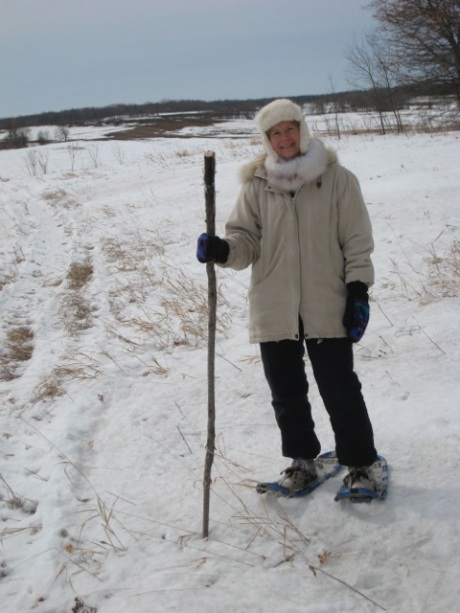
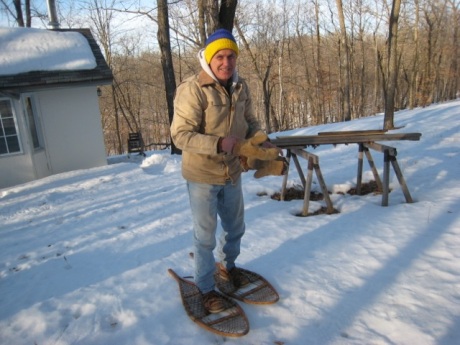

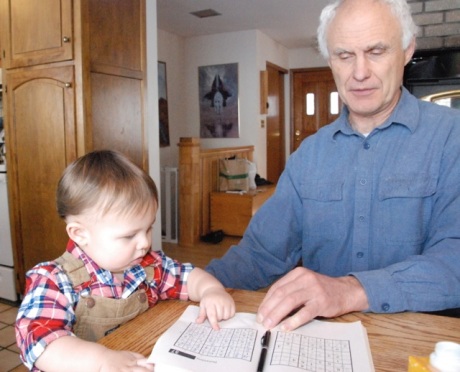

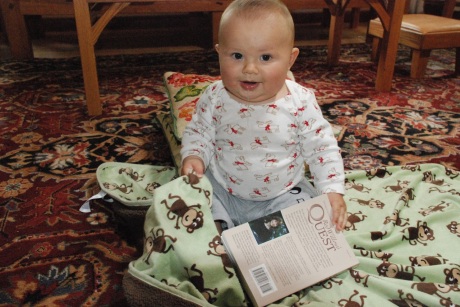
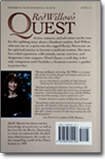

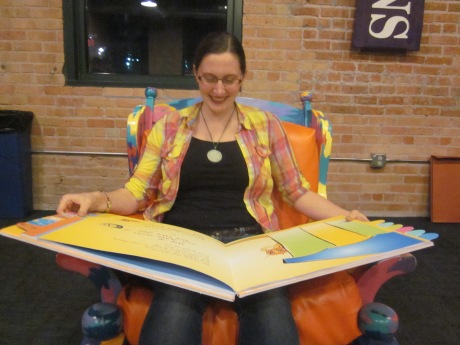
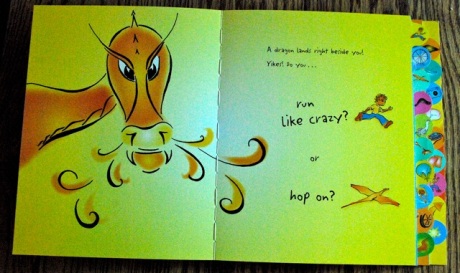
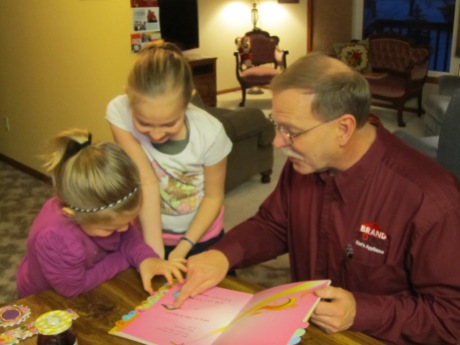
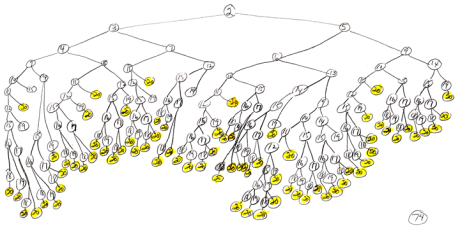

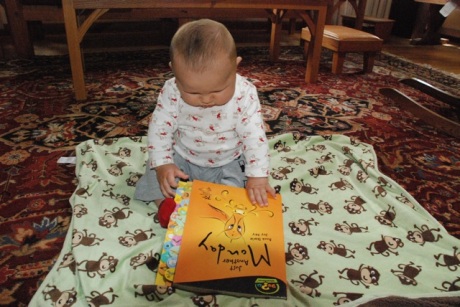
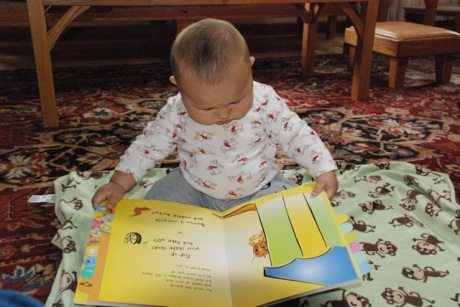
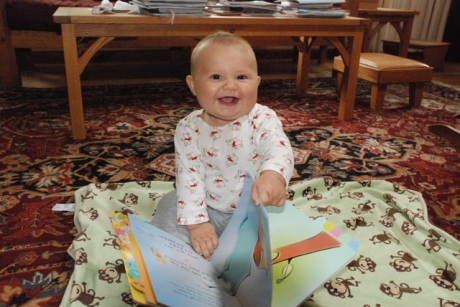
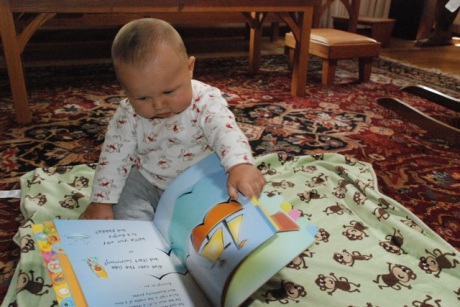


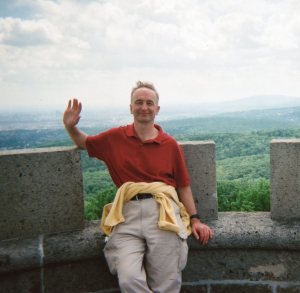
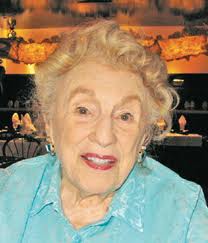


Recent Comments